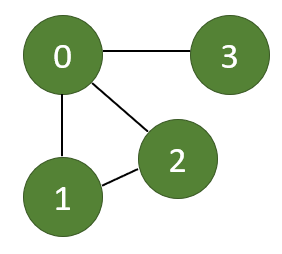Python Collections
- Harini Mallawaarachchi
- Feb 4, 2023
- 1 min read
Python has built-in Collections which are used to store data, for example, lists, dictionaries, sets, and tuples, all of which are built-in collections.
The following are the differences between each of these collections.
| Lists | Tuples | Sets | Dictionaries |
Ordered | Yes by index | Yes by index | No | Yes by key |
Allow duplicates | Yes | Yes | No | Yes |
Mutable | Yes | No | Yes | Yes |
Slicing | Yes | Yes | No | No |
Change of element | Yes | No | No | Yes |
Represented by | [ ] | ( ) | ( ) | { } |
example | [1, 2, 3, 'four', 5] | ('gfg', 1, ['is', 'best']) | {1, 2, 3, 4, 5} | {1:"a", 2:"b", 3:"c"} |
The above-mentioned collections have different actions.
Let's go through each of them.
Lists | Tuples | Sets | Dictionaries | |
Initiate | l = [] | t = () | a = set() | d = {} |
Add | l.append(2) | | s.add(2) | d[0] = "One" |
Remove | l.pop() | | s.remove(2) | del d[0] |
Let's see the time complexity of each of these collections.
| List | Tuple | Set | Dictionary |
Addition | O(1) | - | O(1) | O(1) |
Deletion | O(n) | - | O(1) | O(1) |
Access by index | O(1) | O(1) | - | O(1) |
Check inclusion | O(n) | O(n) | O(1) | O(1) |
Get length | O(1) | O(1) | O(1) | O(1) |
As a summary let's see which is best to use and where.
List | Tuple | Set | Dictionary |
|
|
|
|


Comments